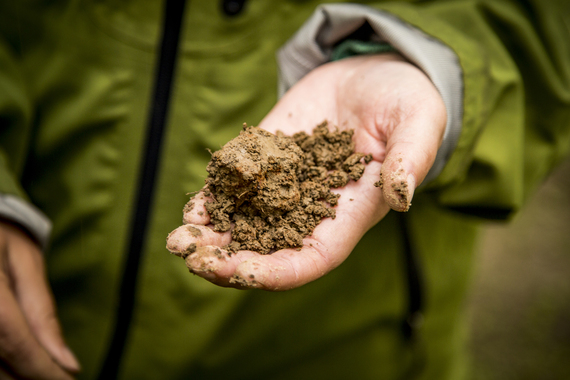Advancements in agricultural technology throughout the past century have allowed farmers to feed a population that has grown from less than 2 billion people to more than 7 billion today. But, as demand for food continues to grow, our lands are stretched to their limits and crop yields struggle to keep up the pace, the world will need farmers to make another leap. By just 2050, global agricultural production must increase by 60 percent, according to the Food and Agriculture Organization of the United Nations (FAO). Some previous agricultural breakthroughs, though, have come with serious environmental costs to both people and nature.
About 70 percent of fresh water worldwide is used to produce food, and 95 percent of food is produced on land. Although historically there has been insufficient attention to the value of healthy soils, the data and case examples are clear: healthy soil is critical for long-term agricultural production. Perhaps Franklin Delano Roosevelt put it best, as the devastating Dust Bowl swept across the U.S. Midwest in the 1930s: “A nation that destroys its soil destroys itself.”
The good news is that while it may take hundreds of years to geologically build soil, farmers have demonstrated that they can increase organic matter and improve soil function in just a few years, through soil health management systems. This represents the hope in healthy soil — the potential of regenerative agriculture. Recently, the United Nations Food and Agricultural Organization identified soil organic carbon, soil erosion and soil nutrient imbalance as the top three threats to global soil health. These three elements are intimately related. Increase organic carbon, for example, and the others can improve too.

